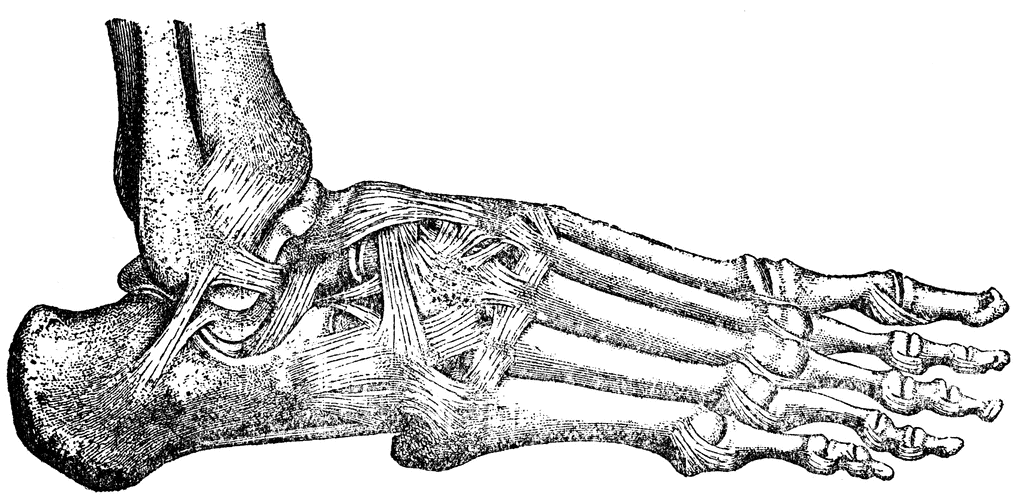Etymology
The word “ankle” means “angle,” coming from proto-IndoEuropean meaning “to bend,” thus describing both the form and the function of this body part.
Connections
The ankle connects your foot to your shin. All joints are connectors. Joints connect two or more bones with each other. Your ankle’s purpose is to join the horizontal energy of the foot on the earth with the vertical heavenly energy of your shin.
Sacred Space
Like every joint, the ankle joint is a space – the space between two or more bones. Joint space is sacred space. In Nia, sacred means “dedicated and devoted uniquely to a specific purpose, person or thing.” In this case, the ankle is dedicated to providing your body with three things: stability, mobility and balance.
Stability and Mobility
The Body’s Way demands simultaneous mobility and stability and your ankles give you exactly that!
Your ankles provide stability to your whole body. Somehow, the long, vertical person that you are does not topple over on your two itty-bitty feet. We have our ankles to thank for that.
Your ankle also gives you mobility to run, walk, dance, skip and walk on tippy-toes. But without the ankle’s stability working in tandem with mobility, we’d fall over when we do those very things.
Balance and Your Ankles
Along with your eyes and your inner ear, your ankle forms one third of your body’s neurological balance mechanism.
Your ankle has specialized nerve cells called proprioceptors – that means “self-perception.” Proprioceptors give you the ability to sense your body position in space.
Try balancing on one foot. Notice how your ankle wiggles around. You don’t have to think about making these movements. This is just what your ankle does to keep you balanced.
When people sprain an ankle, they often resprain the same ankle again. That’s because the injured ankle proprioceptors aren’t communicating clearly with the brain.
But it’s easy to retrain your ankle proprioceptors! Once the sprain is healed enough that you can stand without pain, balance on the injured foot. Hold on to something at first. Gradually, it’ll get easier. Once you can balance for 60 seconds without holding on, your balance is normal.







0 responses so far ↓
There are no comments yet... Fill out the form below.
Leave a Comment